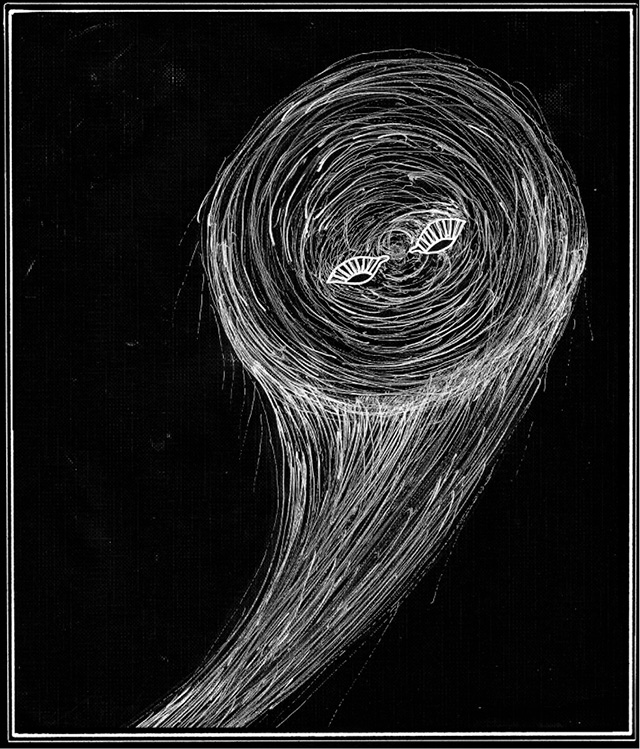Эх, Странник, Странник...
Bestiary.us
энциклопедия вымышленных существБыстрый переход
- Бестиарий «Волчонка» Материалы портала посвящены мифологии сериала "Волчонок" (Teen Wolf), различным легендам и поверьям о вервольфах и других существах, встречаемых в сериале.
- Мир Гарри Поттера Вымышленный мир, в котором происходит действие серии романов о юном волшебнике Гарри Поттере. Действие происходит в нашем мире, в Англии, в 1990-х годах. В отличие от реального мира, среди обычных людей (маглов) живут волшебники (маги), обладающие способностью к использованию магии.
- Портал им.Киплинга Собрание сказок, поэтически объясняющих происхождение той или иной особенности животных, например "откуда у верблюда горб", "почему у слона длинный хобот", или "с чего б это вдруг кошки и собаки не ладят".

